Fever of 107 degrees. Hyperpyrexia: Causes, Symptoms, and Treatment of Extreme Fever
What are the dangers of a 107-degree fever. How is hyperpyrexia different from regular fever. What causes body temperature to rise above 106°F. How is extreme fever treated in adults and infants.
Understanding Hyperpyrexia: When Fever Becomes Dangerous
Hyperpyrexia is a medical emergency characterized by an extremely high body temperature, typically exceeding 106°F (41.1°C). While a normal body temperature hovers around 98.6°F (37°C), hyperpyrexia represents a dangerous elevation that can lead to severe complications if left untreated.
Unlike regular fevers, which are usually the body’s natural response to infection, hyperpyrexia can be caused by various factors and requires immediate medical attention. The extreme heat can damage organs and potentially lead to life-threatening conditions.
How does hyperpyrexia differ from a regular fever?
A regular fever is typically defined as a body temperature of 100.4°F (38°C) or higher. Hyperpyrexia, on the other hand, occurs when the body temperature rises above 106°F (41.1°C). This extreme elevation poses significant risks to the body’s normal functioning and can rapidly lead to organ damage if not addressed promptly.

Recognizing the Symptoms of Hyperpyrexia
Identifying hyperpyrexia early is crucial for preventing severe complications. In addition to the extremely high body temperature, individuals experiencing hyperpyrexia may exhibit the following symptoms:
- Increased or irregular heart rate
- Muscle spasms
- Rapid breathing
- Seizures
- Confusion or changes in mental state
- Loss of consciousness
- Coma (in severe cases)
These symptoms can develop rapidly and may indicate that the body’s thermoregulatory mechanisms are failing to cope with the extreme heat.
When should you seek emergency medical care for a fever?
While not all fevers require emergency attention, certain symptoms in conjunction with elevated body temperature warrant immediate medical care. Seek emergency help if you or someone you’re caring for experiences:
- A temperature of 100.4°F (38°C) or higher in children under three months of age
- Irregular breathing
- Confusion or excessive sleepiness
- Seizures or convulsions
- Severe headaches
- Skin rash
- Persistent vomiting
- Severe diarrhea
- Abdominal pain
- Stiff neck
- Pain while urinating
Unraveling the Causes of Hyperpyrexia
Hyperpyrexia can result from various underlying conditions and factors. Understanding these causes is essential for proper diagnosis and treatment.
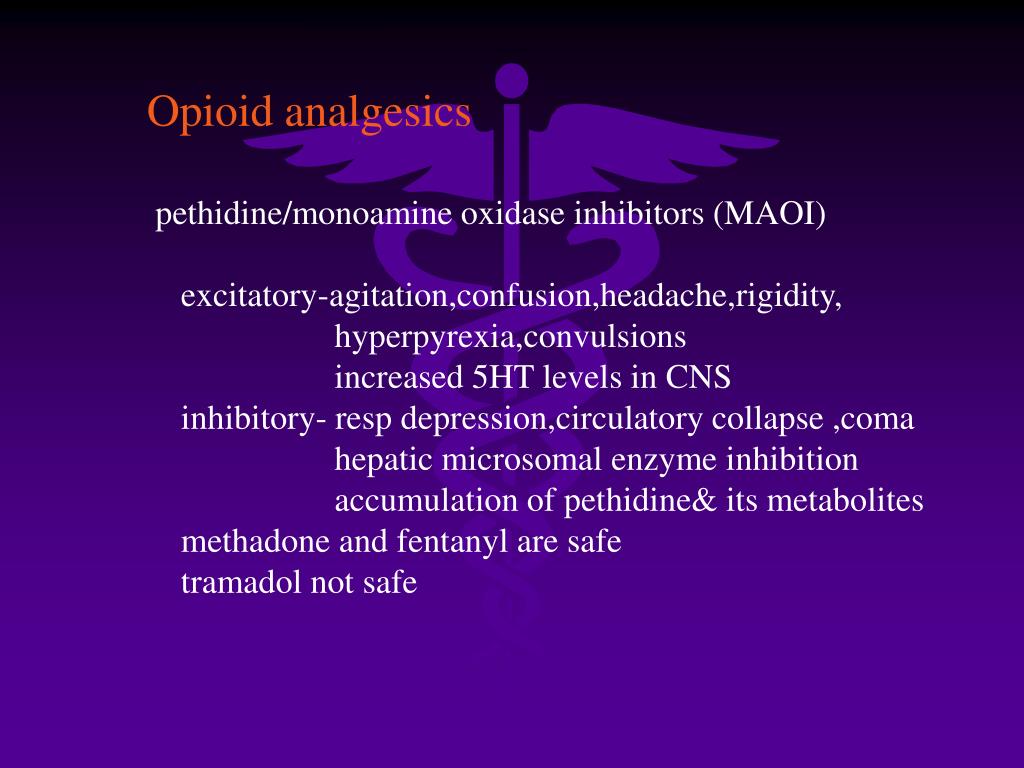
Infections as a Trigger for Extreme Fever
Severe infections are among the most common causes of hyperpyrexia. These can include:
- Bacterial infections: S. pneumoniae, S. aureus, and H. influenzae
- Viral infections: Enterovirus and influenza A
- Parasitic infections: Malaria
Sepsis, a life-threatening complication of infection, can also lead to hyperpyrexia. In sepsis, the body’s immune response to infection becomes dysregulated, potentially causing organ damage and failure.
How do doctors diagnose infectious causes of hyperpyrexia?
To identify the specific infectious agent responsible for hyperpyrexia, doctors typically collect and analyze various samples, including blood, urine, stool, or sputum. These samples are then subjected to culture or molecular testing methods to isolate and identify the pathogen.
Medication-Induced Hyperpyrexia: When Drugs Cause Extreme Fever
Certain medications and recreational drugs can trigger hyperpyrexia as a rare but serious side effect. Understanding these potential triggers is crucial for both patients and healthcare providers.
![]()
Anesthesia and Malignant Hyperthermia
In rare cases, exposure to certain anesthetic drugs can cause a condition called malignant hyperthermia. This genetic predisposition can lead to a rapid and dangerous increase in body temperature during or shortly after anesthesia administration.
Malignant hyperthermia is hereditary, meaning it can be passed down through families. If you have a relative with this condition, consider genetic testing to assess your risk.
Other Medications Associated with Hyperpyrexia
Several prescription medications can lead to conditions where hyperpyrexia is a symptom:
- Serotonin syndrome: Caused by serotonergic drugs like selective serotonin reuptake inhibitors (SSRIs)
- Neuroleptic malignant syndrome: A reaction to antipsychotic drugs
- Recreational drugs: Substances like MDMA (ecstasy) can induce hyperpyrexia
Symptoms of drug-induced hyperpyrexia typically develop shortly after exposure to the triggering substance. Proper diagnosis involves a thorough physical examination and review of the patient’s drug exposure history.

Environmental Factors and Hyperpyrexia: Understanding Heat Stroke
Heat stroke, a form of hyperthermia, occurs when the body overheats to dangerous levels. This condition can result from various factors:
- Overexertion in hot environments
- Difficulty regulating body temperature (common in older adults, very young children, or individuals with chronic illnesses)
- Prolonged exposure to high temperatures without adequate hydration
Diagnosing heat stroke involves a physical examination and may include tests to assess kidney function, as heat stroke and dehydration can place significant stress on the kidneys.
How can heat stroke be prevented?
Preventing heat stroke involves taking proactive measures, especially during hot weather:
- Stay hydrated by drinking plenty of fluids
- Avoid strenuous activities during the hottest parts of the day
- Wear light, loose-fitting clothing
- Use air conditioning or find cool spaces during extreme heat
- Never leave children or pets in parked vehicles
- Check on vulnerable individuals during heatwaves
Thyroid Storm: When Hormones Spark Hyperpyrexia
Thyroid storm is a rare but life-threatening condition characterized by an overproduction of thyroid hormones. This endocrine emergency can lead to hyperpyrexia and requires immediate medical intervention.
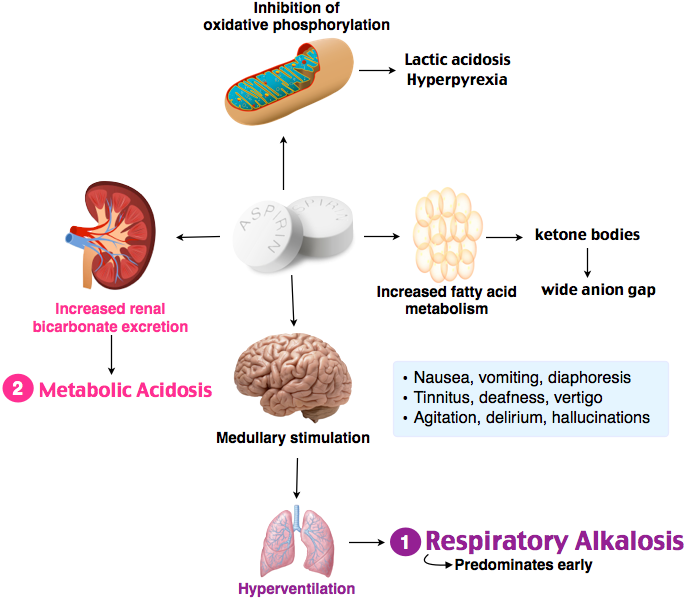
What are the signs of thyroid storm?
In addition to extremely high body temperature, thyroid storm may present with:
- Rapid heart rate (tachycardia)
- High blood pressure
- Sweating
- Tremors
- Anxiety or agitation
- Nausea and vomiting
- Diarrhea
- Confusion or delirium
Diagnosing thyroid storm involves a combination of clinical assessment, medical history review, and laboratory tests to measure thyroid hormone levels. Early identification and treatment are crucial for managing this potentially fatal condition.
Hyperpyrexia in Newborns: A Serious Concern
While hyperpyrexia is relatively rare in infants, its occurrence can be particularly dangerous. Newborns with extremely high fevers may be at risk for serious bacterial infections, making prompt medical attention crucial.
Why are high fevers in very young infants concerning?
Several studies have indicated an association between high fever and the risk of serious bacterial infections in very young infants. The immature immune systems of newborns make them more susceptible to severe infections, which can rapidly progress to life-threatening conditions.

If your child is under 3 months old and has a fever of 100.4°F (38°C) or higher, it’s imperative to seek immediate medical care. Healthcare providers will conduct a thorough evaluation to rule out potentially dangerous infections and provide appropriate treatment.
Treatment Approaches for Hyperpyrexia
Managing hyperpyrexia requires a multi-faceted approach aimed at lowering body temperature and addressing the underlying cause. Treatment strategies may include:
- External cooling methods:
- Ice packs applied to the groin, armpits, and neck
- Cool water misting and fanning
- Cooling blankets
- Intravenous fluids to prevent dehydration and support circulation
- Medication to reduce fever (antipyretics) when appropriate
- Treatment of underlying infections with antibiotics or antiviral drugs
- Management of any complications, such as seizures or organ dysfunction
- Discontinuation of any medications that may be contributing to the condition
How quickly should hyperpyrexia be treated?
Hyperpyrexia requires immediate medical intervention. The goal is to reduce body temperature as quickly as possible to prevent organ damage and other complications. In hospital settings, aggressive cooling measures are often employed to bring the temperature down to safer levels within hours.

The specific treatment approach will depend on the underlying cause of hyperpyrexia and the patient’s overall health status. Close monitoring in an intensive care setting is often necessary to manage potential complications and ensure a safe recovery.
Can hyperpyrexia cause long-term effects?
If treated promptly and effectively, many individuals can recover from hyperpyrexia without long-term consequences. However, prolonged exposure to extremely high body temperatures can potentially lead to:
- Neurological damage
- Kidney injury
- Liver dysfunction
- Cardiovascular complications
- Muscle breakdown (rhabdomyolysis)
The severity of long-term effects depends on factors such as the duration of hyperpyrexia, the peak temperature reached, and the underlying cause. Proper follow-up care and monitoring are essential for assessing and managing any potential long-term impacts.
Preventing Hyperpyrexia: Strategies for Reducing Risk
While not all cases of hyperpyrexia can be prevented, certain measures can help reduce the risk of developing this dangerous condition:
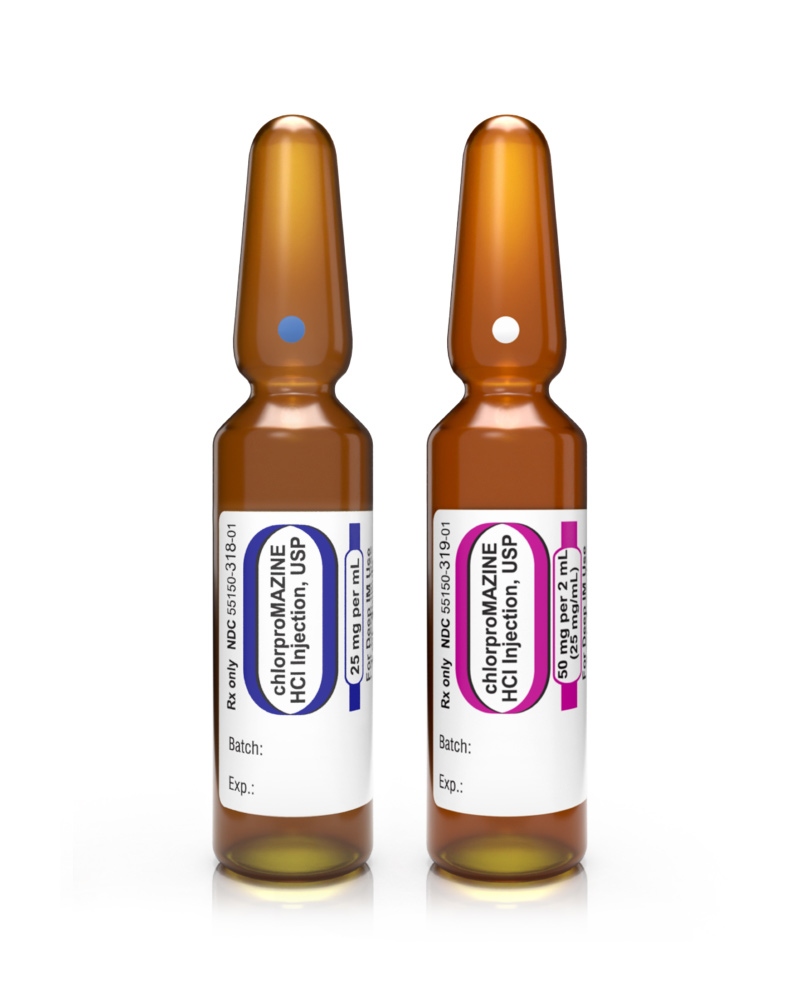
- Promptly treating infections and seeking medical care for persistent fevers
- Being aware of medication side effects and reporting unusual reactions to healthcare providers
- Taking precautions to prevent heat-related illnesses, especially during hot weather
- Staying well-hydrated and avoiding excessive alcohol consumption
- Managing underlying health conditions, such as thyroid disorders, effectively
- Educating oneself and family members about the signs of severe fever and when to seek emergency care
How can individuals with a history of hyperpyrexia protect themselves?
For those who have experienced hyperpyrexia in the past or have known risk factors:
- Wear a medical alert bracelet indicating your condition
- Inform all healthcare providers about your history before undergoing any procedures or starting new medications
- Have an emergency plan in place, including knowing the nearest healthcare facilities equipped to handle severe fevers
- Keep a record of your medical history and any triggering factors to share with healthcare providers
By staying informed and taking proactive measures, individuals can significantly reduce their risk of experiencing hyperpyrexia and ensure prompt treatment if it does occur.

Definition, Symptoms, Causes, and Treatment
What is hyperpyrexia?
Normal body temperature is typically 98.6°F (37°C). However, slight fluctuations can occur throughout the day. For example, your body temperature is lowest in the early hours of the morning and highest in the late afternoon.
You’re considered to have a fever when your body temperature rises a few degrees above normal. This is typically defined as 100.4°F (38°C) or higher.
In some cases, your body temperature can rise greatly above its normal temperature due to things other than fever. This is referred to as hyperthermia.
When your body temperature exceeds 106°F (41.1°C) due to a fever, you’re considered to have hyperpyrexia.
Call your doctor if you or your child has a temperature of 103 degrees or higher. You should always seek emergency medical care for a fever if you’re experiencing the following symptoms:
- temperature of 100.4°F (38°C) or higher in children under three months of age
- irregular breathing
- confusion or sleepiness
- seizures or convulsions
- severe headache
- skin rash
- persistent vomiting
- severe diarrhea
- abdominal pain
- stiff neck
- pain while urinating
In addition to a fever of 106°F (41. 1°C) or higher, symptoms of hyperpyrexia can include:
1°C) or higher, symptoms of hyperpyrexia can include:
- increased or irregular heart rate
- muscle spasms
- rapid breathing
- seizures
- confusion or changes in mental state
- loss of consciousness
- coma
Hyperpyrexia is considered to be a medical emergency. If left untreated, organ damage and death can occur. Always seek immediate medical attention.
Infection
Various severe bacterial, viral, and parasitic infections can lead to hyperpyrexia.
Infections that can cause hyperpyrexia include but are not limited to:
- S. pneumoniae, S. aureus, and H. influenzae bacterial infections
- enterovirus and influenza A viral infections
- malaria infection
Sepsis can also cause hyperpyrexia. Sepsis is a life-threatening complication from an infection. In sepsis, your body releases a variety of compounds into your bloodstream to help fight infection. This can sometimes produce a severe inflammatory response that can lead to organ damage and failure.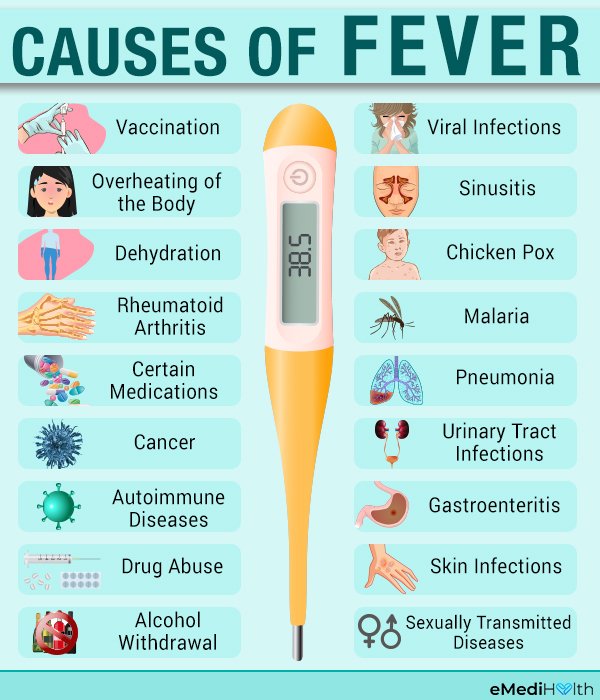
In order to diagnose an infectious cause of hyperpyrexia, your doctor will take a sample to test for the presence of microorganisms. Depending on the nature of the suspected infection, this sample could be a blood sample, urine sample, stool sample, or sputum sample. Your doctor can then identify the infectious agent using various culture or molecular methods.
Anesthesia
In rare circumstances, exposure to some anesthetic drugs can cause extremely high body temperature. This is referred to as malignant hyperthermia (sometimes called malignant hyperpyrexia).
Being prone to malignant hyperthermia is hereditary, which means that it can be passed from parent to child.
Malignant hyperthermia can be diagnosed by testing a sample of muscle tissue. If you have a relative who has malignant hyperpyrexia, you should consider being tested for the condition.
Other drugs
In addition to anesthesia drugs, use of certain prescription drugs can lead to conditions in which hyperpyrexia is a symptom.
An example of one such condition is serotonin syndrome. This potentially life-threatening condition can be caused by serotonergic drugs, such as selective serotonin reuptake inhibitors (SSRIs).
Another example is neuroleptic malignant syndrome, which can be caused by a reaction to antipsychotic drugs.
Additionally, some recreational drugs, such as MDMA (ecstasy), can cause hyperpyrexia.
Symptoms for these conditions typically develop shortly after exposure to the drug.
Your doctor will perform a physical exam and review your history of exposure to specific drugs to diagnose drug-related hyperpyrexia.
Heat stroke
Heat stroke is when your body overheats to dangerous levels. This can be caused by overexerting yourself in a hot environment. Additionally, people who have difficulty regulating their body temperature may develop heat stroke. This can include older adults, very young children, or individuals with chronic illnesses.
Your doctor will perform a physical examination to diagnose heat stroke. Since heat stroke and dehydration can stress the kidneys, they may also test your kidney function.
Since heat stroke and dehydration can stress the kidneys, they may also test your kidney function.
Thyroid storm
Thyroid storm is a rare condition that can occur when thyroid hormones are overproduced.
Early identification and treatment of thyroid storm are essential. Your doctor will use your medical history, symptoms, and lab tests to confirm thyroid storm.
In newborns
Hyperpyrexia is rare in infants. However, an infant with hyperpyrexia may be at risk for a serious bacterial infection.
Several studieshaveindicated an association with high fever and risk of serious bacterial infection in very young infants.
If your child is under 3 months old and has a fever of 100.4°F or higher, it’s very important that they receive prompt medical attention.
Treatment for hyperpyrexia involves addressing both the increase in body temperature and the condition that’s causing it.
Sponging or bathing in cool water can help lower your body temperature. Ice packs, blowing cool air, or spraying with cool water may also help. Additionally, any tight or extra clothing should be removed. When you have a fever, these measures may not work to bring down the temperature to normal, or even more than a degree or two.
Ice packs, blowing cool air, or spraying with cool water may also help. Additionally, any tight or extra clothing should be removed. When you have a fever, these measures may not work to bring down the temperature to normal, or even more than a degree or two.
You may also be given intravenous (IV) fluids as a supportive treatment and to help with dehydration.
If the hyperpyrexia is due to an infection, your doctor will identify the cause. They’ll then administer the proper drug therapy to treat it.
If you have malignant hyperthermia, your doctor or anesthesiologist will stop all anesthetic drugs and give you a drug called dantrolene. Going forward, you should always inform your doctor or anesthesiologist of your condition.
Drug-related hyperpyrexia is treated by discontinuing use of the drug, receiving supportive care, and managing symptoms such as rapid heart rate and increased blood pressure.
Conditions such as thyroid storm can be treated with antithyroid drugs./nginx/o/2017/01/03/6222319t1hbb3b.jpg)
Hyperpyrexia, or fever of 106°F or higher, is a medical emergency. If the fever is not lowered, organ damage and death can result.
In fact, if you’re experiencing a fever of 103°F or higher with other significant symptoms, it’s important that you seek immediate medical care.
Your doctor will work quickly to diagnose what’s causing your high fever. They’ll work to safely lower the fever before serious complications occur.
What is Hyperpyrexia? What are its causes, symptoms, and treatments?
Written by WebMD Editorial Contributors
- Causes of Hyperpyrexia
- How Hyperpyrexia Is Diagnosed
- How Hyperpyrexia Is Treated
Normal human body temperature ranges from 97 to 100.4 degrees Fahrenheit (36.5 to 37.5 degrees Celsius). Your body temperature changes during the day and varies throughout your lifetime. When your body temperature goes above 100.4 degrees Fahrenheit (37.5 degrees Celsius), you have a fever — also called pyrexia.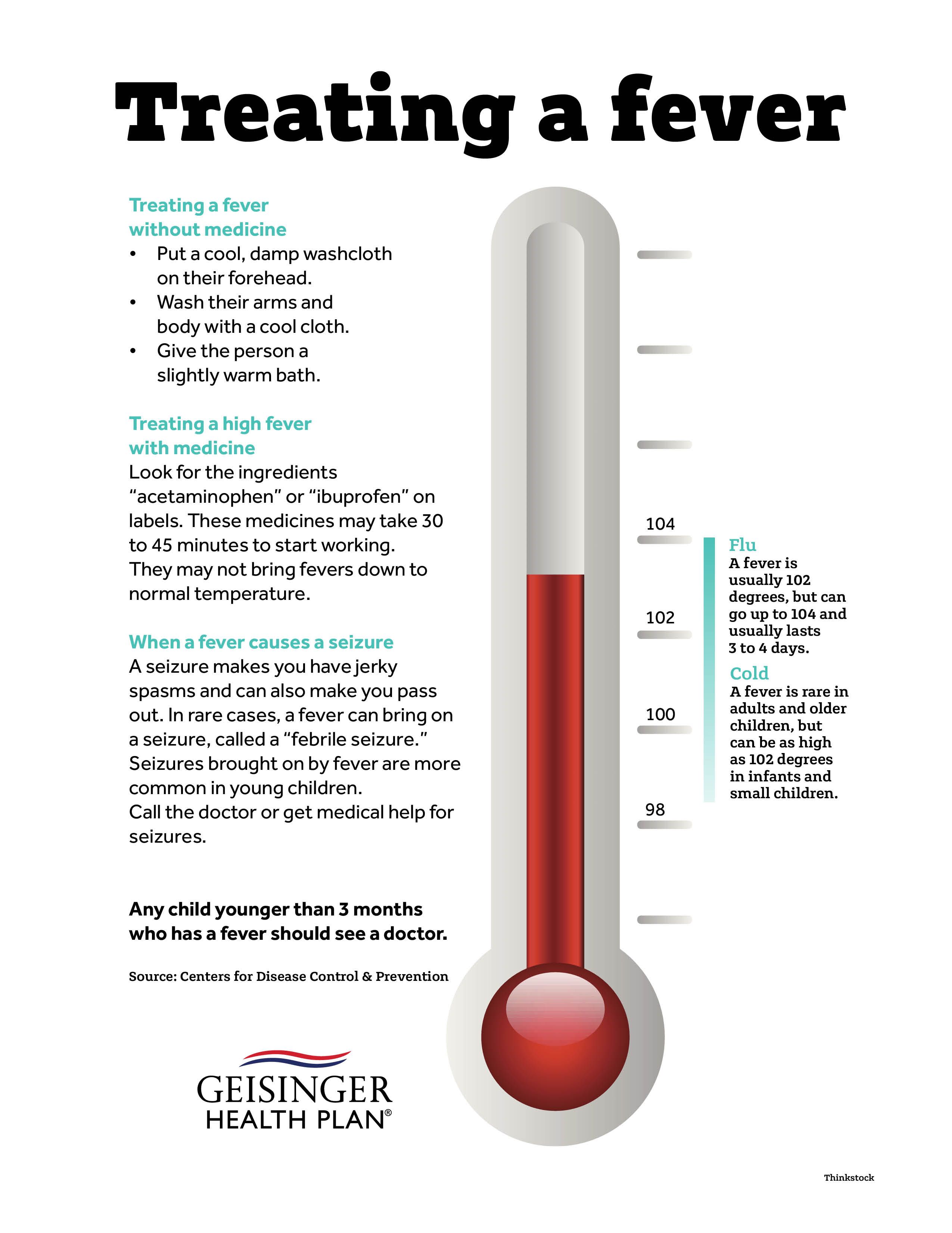 So, a very high fever is called hyperpyrexia.
So, a very high fever is called hyperpyrexia.
Hyperpyrexia is a condition where the body temperature goes above 106.7 degrees Fahrenheit (41.5 degrees Celsius) due to changes in the hypothalamus — the organ in the brain that regulates temperature.
Hyperpyrexia is a life-threatening emergency that demands urgent medical attention. Without prompt proper treatment, hyperpyrexia can lead to long-term complications and death.
Your body temperature can also increase due to external factors like a high ambient temperature. Your hypothalamus is not involved in such cases. This condition is called hyperthermia, not hyperpyrexia.
If you have hyperpyrexia, then you may also experience:
- Extreme sweating
- Thirst
- Dizziness
- Muscle cramps
- Fatigue
- Nausea
- Light-headedness
If your hyperpyrexia stays on for a long time or if it worsens, then you may show more severe symptoms like:
- Mild confusion
- Headache
- Contracted pupils
- Vomiting
- Diarrhea
- Reduced urine production
If hyperpyrexia is prolonged, then you may also show:
- Extreme confusion
- Loss of consciousness
- Dry, hot, red skin
- Widened pupils
- Seizures
- Rapid shallow breathing
If hyperpyrexia progresses further, it will ultimately lead to organ failure and death.
Hyperpyrexia is not a disease but a symptom of an underlying condition, and it can have many causes. Here are some of the causes:
Infections.Bacterial, parasitic, or viral infections are the most common cause of hyperpyrexia. Malaria, which is caused by protozoa, is also an important infectious cause of hyperpyrexia
Intracranial hemorrhage. Intracranial hemorrhage means bleeding in the brain, caused by trauma or stroke. This can affect your hypothalamus, which controls thermoregulation — i.e., body temperature control.
Anesthesia. Hyperpyrexia can occur as a side effect of general anesthesia. Hyperpyrexia due to anesthesia happens when there is an underlying muscle disease. This type of hyperpyrexia is called malignant hyperpyrexia. It is associated with a rapid, sustained increase in body temperature, metabolic acidosis, and generalized muscular rigidity. This condition is often fatal.
Thyroid storm. A thyroid storm is a rare condition where the body overproduces thyroid hormones. The excess hormones can disrupt the body’s temperature regulation and cause hyperpyrexia.
A thyroid storm is a rare condition where the body overproduces thyroid hormones. The excess hormones can disrupt the body’s temperature regulation and cause hyperpyrexia.
Some meds and drugs. Some medicines and drugs can also cause hyperpyrexia, these include:
- Selective serotonin reuptake inhibitors — or SSRIs
- Antipsychotics
- Recreational drugs like ecstasy
Hyperpyrexia is diagnosed using a thermometer. A temperature reading of 106.7 degrees Fahrenheit (41.5 degrees Celsius) or above indicates hyperpyrexia.
Hyperpyrexia always has an underlying cause, and finding this underlying cause is crucial, but sometimes challenging.
If you have hyperpyrexia, you must seek medical attention as soon as possible. To diagnose the cause of hyperpyrexia, your doctor will analyze your medical and travel history, check your physical condition, and run several tests. These tests may include:
- Blood tests — for signs of infection
- Thyroid function tests — for a thyroid storm
- Imaging studies — for intracranial hemorrhage
Depending on your history and presentation, your doctor may suggest further testing.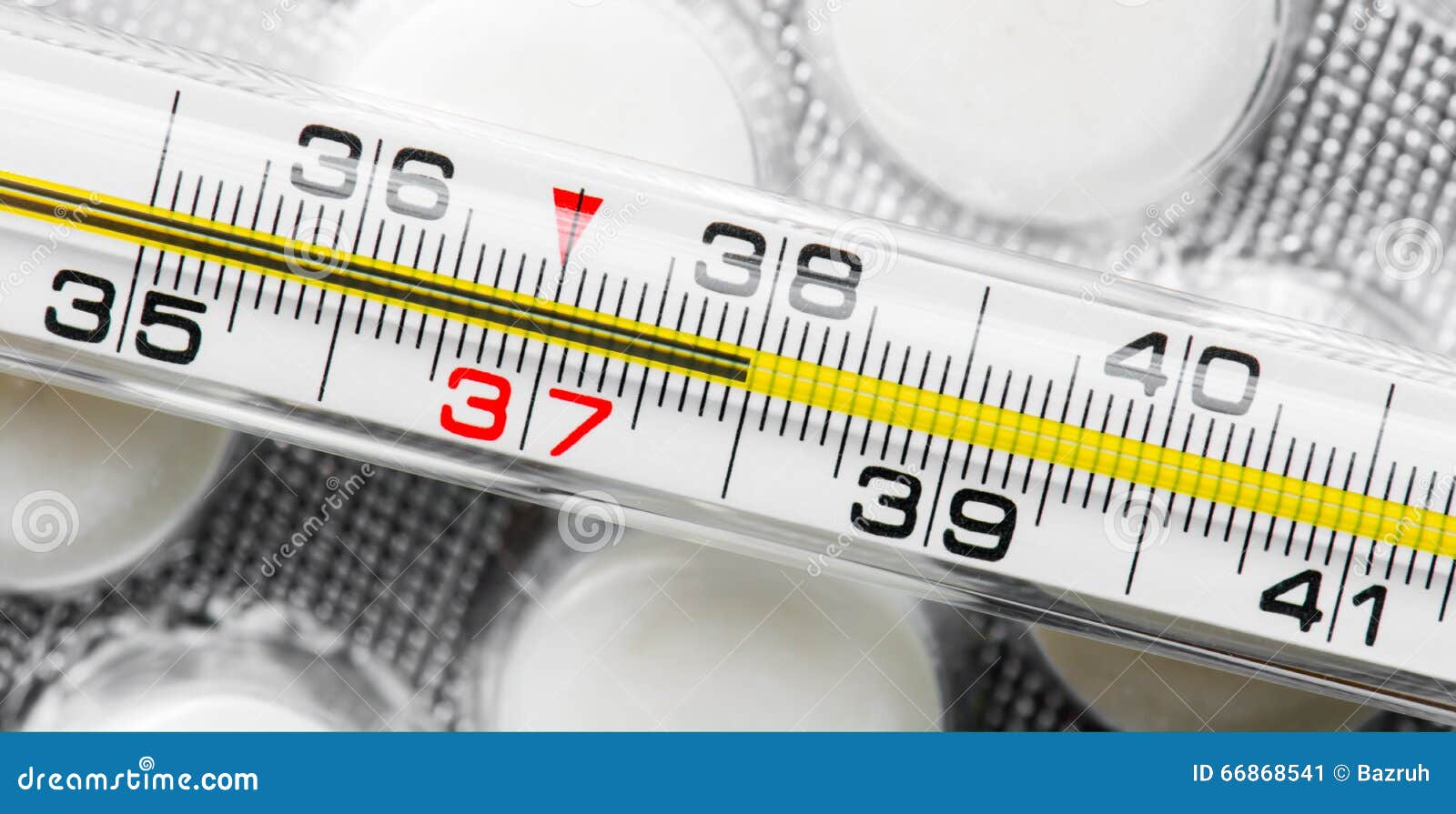
As an emergency requiring immediate medical attention, hyperpyrexia must not progress to avoid organ damage and death. While you wait for medical attention, do the following to treat the fever:
- Remove any tight or extra clothing.
- Sponge with tepid water or a cool bath.
- Replace fluids through drinking.
- Take medication like nonsteroidal anti-inflammatory drugs ( NSAIDs). Don’t give aspirin to children aged 19 years or below to avoid Reye’s syndrome.
Your doctor will decide on the treatment of hyperpyrexia depending on the underlying cause. If the cause is an infection, then your doctors will treat the infection. If it is caused by anesthesia, your doctor will stop the anesthesia and give you medication to control the fever. If you’ve ever had hyperpyrexia due to anesthesia, you should tell your doctor or anesthesiologist about it.
Any drug-related hyperpyrexia will need you to immediately discontinue taking the drug and receive supportive care.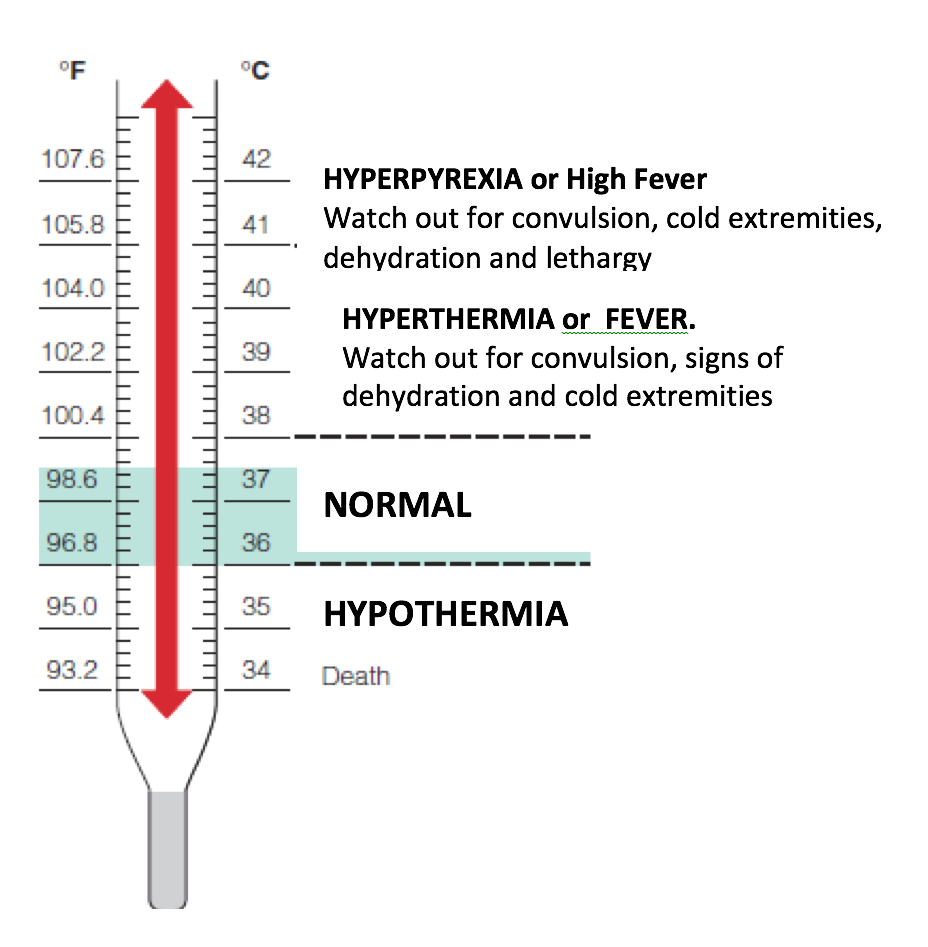 Hyperpyrexia due to a thyroid storm will require antithyroid drugs. Antipyretic medications like NSAIDs and corticosteroids are used to treat hyperpyrexia caused by intracranial hemorrhage.
Hyperpyrexia due to a thyroid storm will require antithyroid drugs. Antipyretic medications like NSAIDs and corticosteroids are used to treat hyperpyrexia caused by intracranial hemorrhage.
Top Picks
Attention, temperature! Practice …: bmwservice – LiveJournal
One of the important parameters of the engine’s life, to which I constantly draw attention, is the operating temperature. Much has been said here in the past about this. Measures to optimize the thermal regime are obvious, today I will tell you what exactly I managed to do using the example of my particular car. And it’s somehow strange when you theorize about the terrible 115 degrees of coolant and 120-130C of oil (owners of the BMW N46 and N63 and many others), but I myself kind of hide it. You never know, maybe I have even more)
And it’s somehow strange when you theorize about the terrible 115 degrees of coolant and 120-130C of oil (owners of the BMW N46 and N63 and many others), but I myself kind of hide it. You never know, maybe I have even more)
So, what do I advise, if it is structurally possible (in my case, almost everything possible is just possible):
1. Washing radiators, including oil – ideally, if once a season. Here, I think, everything is clear and without comments.
2.Setting a low temperature control mode (in simple cars – it is solved simply by setting a “cold” thermostat). My regular catalyst “95” was replaced by “80”. This is a very big difference.
3. Installation of a main pump with improved performance, or a “cold” pulley of a smaller diameter, which increases the speed of the pump. I have a “hot climate” pulley installed.
The pump is spinning faster. The circulation is better.
4.Installation of an additional electric pump of greater capacity – a pump of greater capacity has been installed. Works constantly. Additionally improves circulation at idle.
Works constantly. Additionally improves circulation at idle.
5.Installation of an air conditioner fan of an improved design – a fairly powerful fan with a large number of blades was found. Works constantly. Especially useful in summer, of course.
6. Use of antifreeze additives that improve circulation (prevent cavitation near the pump impeller). Like Motul MoCool. Type easy “tuning” of antifreeze.
7. In the summer I try to ride on the water, although this is not so necessary – I just did it as an experiment. I still manage to snatch a couple of degrees …
The results are as follows:
In the traffic jam-city mode, the coolant temperature fluctuates in the range of 84-86 degrees, in the summer I saw 88-89, but then not everything was done, but it is unlikely to be higher.
On the highway, you can reach the level of 82-83 degrees, if you keep the cruising speed and low speed…0002
And so in dynamics:
The situation with oil is much more interesting. While driving without any “tunings” with a hot thermostat and the coolant temperature reached typical BMW-shnyh 105-107 degrees and above, I did not measure the oil temperature. I don’t know what she was then. Expectedly worse than now. Now I made a number of measurements in different winter-summer conditions. Measured with a mercury laboratory thermometer when sampling in the laboratory. I also measured with a thermocouple in the crankcase. And in a traffic jam and after annealing along the Moscow Ring Road. Always approximately these numbers are obtained:
While driving without any “tunings” with a hot thermostat and the coolant temperature reached typical BMW-shnyh 105-107 degrees and above, I did not measure the oil temperature. I don’t know what she was then. Expectedly worse than now. Now I made a number of measurements in different winter-summer conditions. Measured with a mercury laboratory thermometer when sampling in the laboratory. I also measured with a thermocouple in the crankcase. And in a traffic jam and after annealing along the Moscow Ring Road. Always approximately these numbers are obtained:
Or:
The median is around 65 degrees Celsius, I guess.
In total, now the engine operating conditions (coolant temperature) are close to optimal-ideal for operation of 85-90 C. In this case, you can safely drive on the 95th.
For engine oil, a paradise in the crankcase has been created in general – constantly no more than 65 degrees and as much as 8 liters in the crankcase …
I don’t know below, is it real? And is it necessary? Let me remind you that every 10 degrees after a temperature of 70C double the rate of chemical reactions.
I have not even overcome this conditional threshold. And certainly not to compare with the “heavy” versions of engines such as N46, N63 and so on, where the oil in the cork boils far beyond 120 degrees sometimes.
Or so. In other words, almost all modern engines sometimes exceed 100.
Here, for example, a fresh Audi A8 and its oil temperature:
And here is a rather “cold” BMW X6M, which has a “low” thermostat against the background of the usual “environmentally friendly” X6. Fifteen degrees difference allows the “M” modification to reach thousands of up to 100,
what an ordinary X6 with N63 does not even dream of… The measurement was taken in the summer.
Here is the BMW M54B25 “viburnum” with euro-2 in the E39 body – the last relatively “cold” motor, adjusted for winter measurement at -15: perfectly clean,
without annealing – pure idle. In summer, 15 … 9 degrees can be added to such values \u200b\u200bon this particular motor0004
And so on)
There is only one noticeable negative – slow warming up of the interior at idle.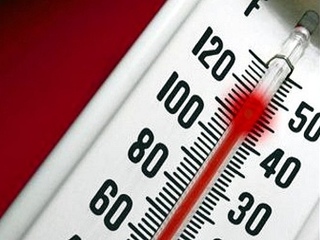 The stove does not particularly spit – you can’t get boiling water, but even at -20 there is no particular discomfort.
The stove does not particularly spit – you can’t get boiling water, but even at -20 there is no particular discomfort.
Thank you for your attention.
Why the engine cooling fan does not work
When the engine is running, the temperature in the combustion chambers reaches about 1500-2000 degrees Celsius. If you do not remove heat from the walls of the cylinders, then overheating of the motor is inevitable and, as a result, expensive repairs or replacements.
Cooling fan
To maintain the operating thermal regime of the engine (+90 degrees) in any operating conditions, a cooling system is provided. It includes the following items:
• Radiator;
• Expansion tank;
• Pump;
• Thermostat;
• Fan;
• Temperature and fan switches;
• Set of connecting pipes;
• Stove radiator;
• Antifreeze.
Cooling system device
While the thermostat is closed, the working fluid circulates through the so-called small circle with the help of a pump, cooling the cylinder block and the block head, removing part of the heat energy. When the thermostat is opened, the fluid flow begins to move in a large circle, falling into the cooling radiator.
When the thermostat is opened, the fluid flow begins to move in a large circle, falling into the cooling radiator.
Cooling system
During movement, the surface of the radiator is blown by a stream of oncoming air, reducing the temperature of the working fluid. However, the radiator itself is not able to prevent overheating of the liquid, for example, when the car is in traffic jams or moves for a long time at low speed.
To help the radiator, a fan is built into the cooling system of the power plant, being one of its main executive elements, and if it fails, a number of undesirable problems may arise.
How the fan works
On older machines, the fan was forced to work, that is, it always worked while the engine was running, by means of a drive belt. Usually the fan itself was mounted on a pump pulley connected by a belt to the generator pulley.
In most modern cars, however, an electric fan is used, or a drive with a viscous coupling (viscous coupling), where it is automatically activated from the switch-on sensor (calibrated separately for each engine).
Radiator fan
The fan is a simple 12V electric motor powered by the car’s mains. An impeller is installed on its shaft to create an air flow directed to the radiator cells. The fan itself has a mounting frame for connection to the radiator.
For its operation, in turn, the switch-on sensor is responsible, located in one of the radiator tanks. It is installed in the break of the power wires of the fan motor.
Fan activation
Carburetor Models
The fan switch is programmed to a certain temperature limit at which its contacts are activated, sending power to the relay that closes the fan power circuit, and it starts to work.
Injection motors
The fan on these machines is switched on via the control unit. The controller receives data from the sensor, then transfers it to the relay for turning on the electric motor.
Possible causes of fan failure
In cases where the temperature of the antifreeze went up sharply, and the fan on the radiator did not work, then, therefore, where the problem appeared. The car must be stopped and repaired to prevent overheating and save the engine from costly repairs.
The car must be stopped and repaired to prevent overheating and save the engine from costly repairs.
Faults
• Blown fuse;
• Switch-on sensor failure;
• Open or short circuit in the motor power circuit;
• Motor failure;
• Bad contact in the connection or oxidation of contacts in the fan circuit;
• Enable relay failure;
• Faulty safety valve in expansion tank.
Check
– the fuse blows from any malfunction in the circuit it protects and before replacing it, it is necessary to find the reason for its operation;
– if the switch-on sensor fails, the supply wires are connected to each other and if the fan is activated, then the sensor is faulty and needs to be replaced. You can get to the service station or garage by leaving the wires connected, while the fan will be constantly on, but the engine will be protected from overheating;
Scheme
On motors with an injector, the sensor is turned off, by removing the connector from it, the motor starts and if the fan is running (the ECU “understands” that there is a malfunction in the system and turns on the fan in emergency mode), then the sensor is faulty and needs to be replaced.
– the power circuit is checked by a tester for integrity and absence of a short circuit;
Check by tester
– if the fan motor fails, the power chip is disconnected for testing and power is supplied from the battery using two wires. If the fan does not start, therefore, it is faulty (wear of the brushes, collector, or problems with the armature and stator windings) and needs to be replaced;
– if you suspect an unreliable contact in the fan connector, the chip is removed, the contacts are cleaned from dust and dirt and possible oxidation;
– a faulty relay can be temporarily replaced by a neighboring one, if its parameters match;
Fan relay VAZ 2114
– when, with completely serviceable elements in the fan circuit, it does not work when the temperature is set above the norm, it is recommended to check the valve in the cap of the expansion tank.
The valve keeps the pressure in the system above atmospheric, preventing the water contained in the working fluid from boiling when it reaches 100 degrees.
